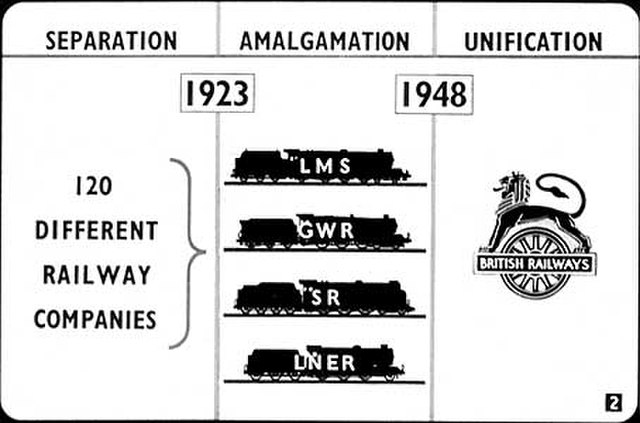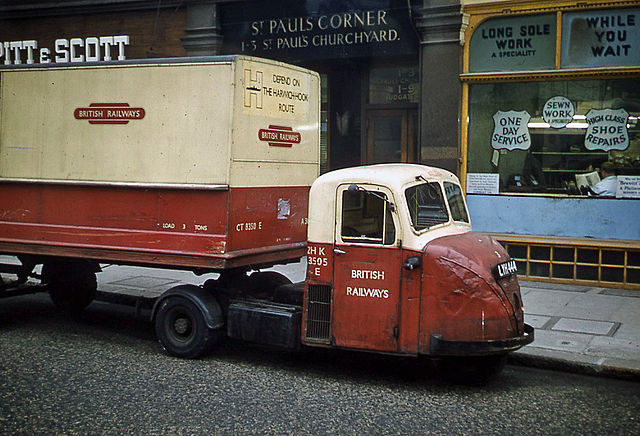The Beeching cuts, also colloquially referred to as the Beeching Axe, were a major series of route closures and service changes made as part of the restructuring of the nationalised railway system in Great Britain in the 1960s. They are named for Dr. Richard Beeching, then-chair of the British Railways Board and the author of two reports – The Reshaping of British Railways (1963) and The Development of the Major Railway Trunk Routes (1965) – that outlined the necessity of improving the efficiency of the railways and the plan for achieving this through restructuring.
The overgrown viaduct across Lobb Ghyll on the Skipton to Ilkley Line in Yorkshire, built by the Midland Railway in 1888 and closed in 1965
A nineteenth-century railway bridge over the River Spey, closed in 1965 and now part of the Moray Coast trail
Part of the former Chippenham and Calne line, now a cycleway
Banchory railway station on the Deeside Railway, Scotland, in 1961. The station closed in 1966.
British Railways (BR), which from 1965 traded as British Rail, was a state-owned company that operated most rail transport in Great Britain from 1948 to 1997. Originally a trading brand of the Railway Executive of the British Transport Commission, it became an independent statutory corporation in January 1963, when it was formally renamed the British Railways Board.
British Rail filmstrip showing how the railways were unified under BR.
BR steam locomotive 70013 Oliver Cromwell
Blue Pullman at Bristol Bath Road TMD
A Scammell Scarab truck in British Railways livery, London, 1962. British Railways was involved in numerous related businesses, including road haulage








